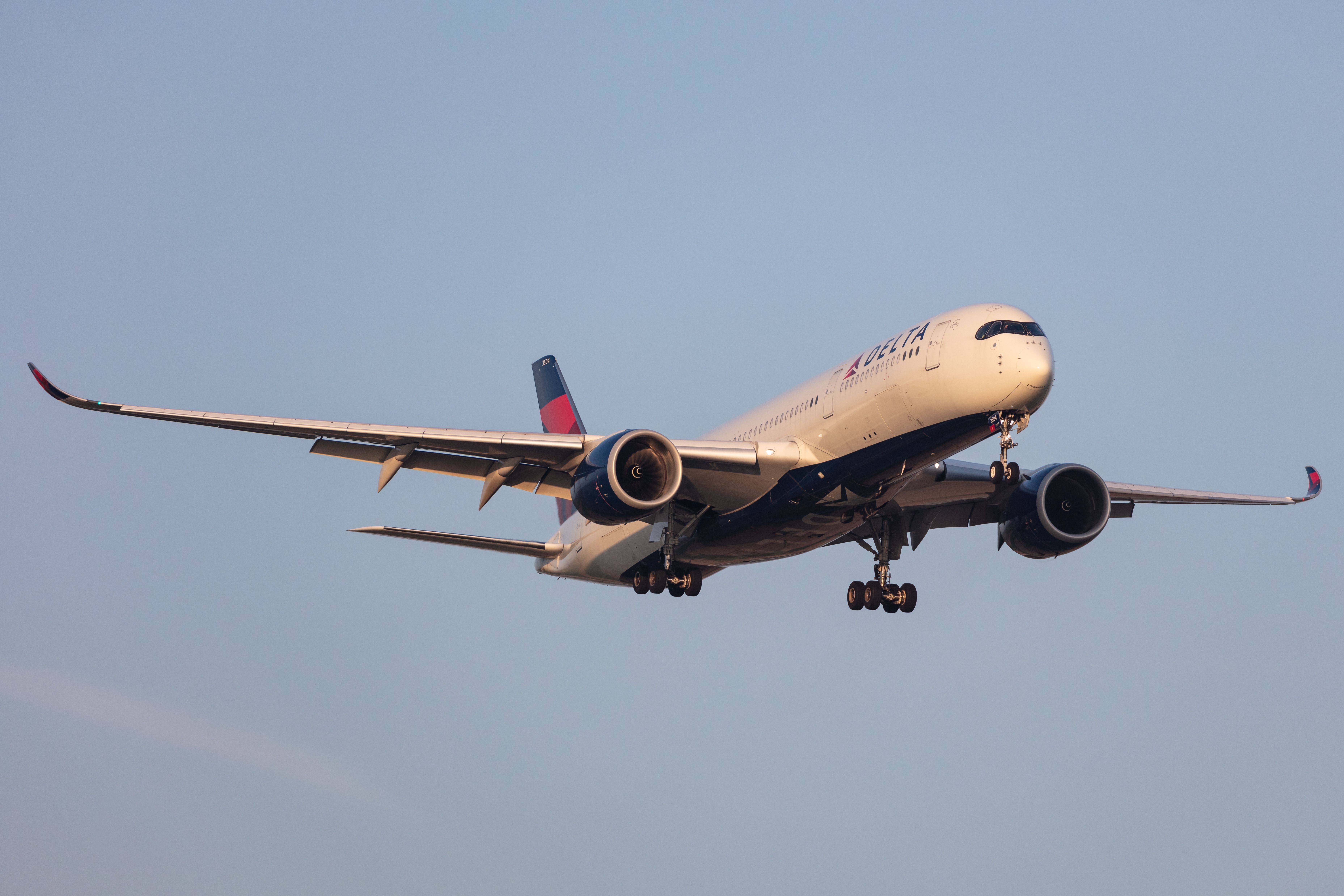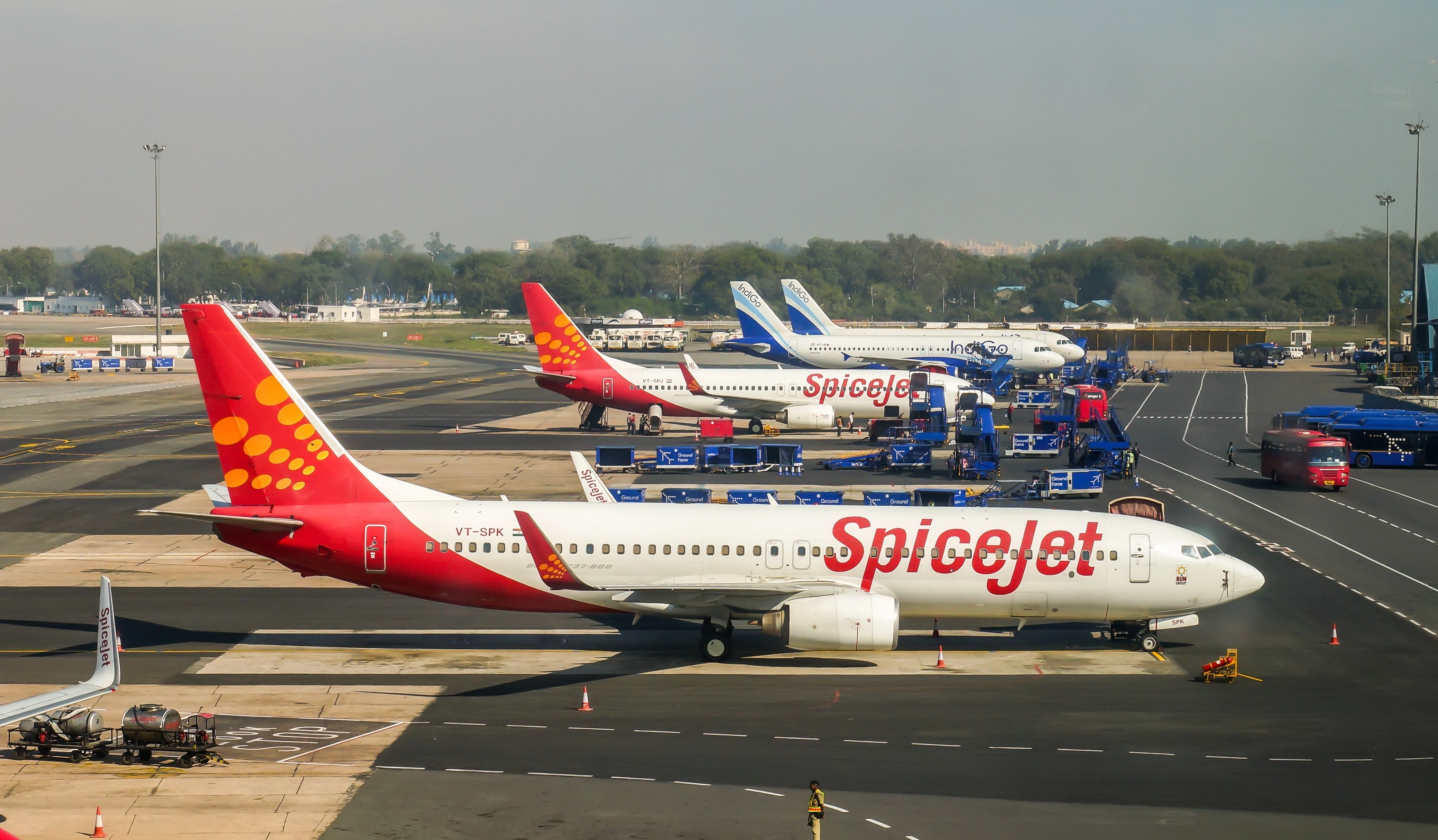Google Street View reveals how built environment correlates with risk of cardiovascular disease
EUROPEAN SOCIETY OF CARDIOLOGY
IMAGE:
GOOGLE STREET VIEW IMAGES ASSOCIATED WITH HIGHER CARDIOVASCULAR DISEASE
view moreCREDIT: EUROPEAN HEART JOURNAL
Researchers have used Google Street View to study hundreds of elements of the built environment, including buildings, green spaces, pavements and roads, and how these elements relate to each other and influence coronary artery disease in people living in these neighbourhoods.
Their findings, published in the European Heart Journal [1] today (Thursday), show that these factors can predict 63% of the variation in the risk of coronary heart disease from one area to another.
Coronary heart disease, where a build-up of fatty substances in the coronary arteries interrupts the blood supply to the heart, is one of the most common forms of cardiovascular disease.
Researchers say that using Google Street View can help provide an overview of physical environmental risk factors in the built and natural environments that could help not only in understanding risk factors in these environments, but ultimately help towards building or adapting towns and cities to make them healthier places to live.
The study was led by Prof. Sadeer Al-Kindi and Prof. Sanjay Rajagopalan from University Hospitals Harrington Heart & Vascular Institute and Case Western Reserve University, Ohio, USA, and Dr. Zhuo Chen, a post-doctoral fellow in Prof. Rajagopalan’s laboratory.
Prof. Rajagopalan said: “We have always been interested in how the environment, both the built and natural environment, influences cardiovascular disease. Here in America, they say that the zip code is a better predictor of heart disease than even personal measures of health. However, to investigate how the environment influences large populations in multiple cities is no mean task. Hence, we used machine vision-based approaches to assess the links between the built environment and coronary heart disease prevalence in US cities.”
The study included more than half a million Google Street View images of Detroit, Michigan; Kansas City, Missouri; Cleveland, Ohio; Brownsville, Texas; Fremont, California; Bellevue, Washington State; and Denver, Colorado. Researchers also collected data on rates of coronary heart disease according to ‘census tracts’. These are areas smaller than a US zip code that are home to an average of 4,000 people. The researchers used an approach called a convolutional neural network; a type of artificial intelligence that can recognise and analyse patterns in images to make predictions.
The research revealed that features of the built environment visible on Google Street View images could predict 63% of the variation in coronary heart disease between these small regions of US cities.
Prof. Al-Kindi added: “We also used an approach called attention mapping, which highlights some of the important regions in the image, to provide a semi-qualitative interpretation of some of the thousands of features that may be important in coronary heart disease. For instance, features like green space and walkable roads were associated with lower risk, while other features, such as poorly paved roads, were associated with higher risk. However, these findings need further investigation.
“We’ve shown that we can use computer vision approaches to help identify environmental factors influencing cardiovascular risk and this could play a role in guiding heart-healthy urban planning. The fact that we can do this at scale is something that is absolutely unique and important for urban planning.”
“With upcoming challenges including climate change and a shifting demographic, where close to 70% of the world’s population will live in urban environments, there is a compelling need to understand urban environments at scale, using computer vision approaches that can provide exquisite detail at an unparalleled level,” said Prof. Rajagopalan.
In an accompanying editorial, [2] Dr. Rohan Khera from Yale University School of Medicine, USA said: “The association of residential location with outcomes often supersedes that of known biological risk factors. This is often summarised with the expression that a person’s postal code is a bigger determinant of their health than their genetic code. However, our ability to appropriately classify environmental risk factors has relied on population surveys that track wealth, pollution, and community resources.
“The study by Chen and colleagues presents a novel and more comprehensive evaluation of the built environment. This work creatively leverages Google's panoramic street-view imagery that supplements its widely used map application.
“… an AI-enhanced approach to studying the physical environment and its association with cardiovascular health highlights that across our communities, measures of cardiovascular health are strongly encoded in merely the visual appearance of our neighbourhoods. It is critical to use this information wisely, both in defining strategic priorities for identifying vulnerable communities and in redoubling efforts to improve cardiovascular health in communities that need it most.”
Google Street View images associated with lower cardiovascular disease
CREDIT
European Heart Journal
JOURNAL
European Heart Journal
METHOD OF RESEARCH
Observational study
SUBJECT OF RESEARCH
People
ARTICLE TITLE
Built environment features obtained from Google Street View are associated with coronary artery disease prevalence: a deep-learning framework
ARTICLE PUBLICATION DATE
28-Mar-2024









